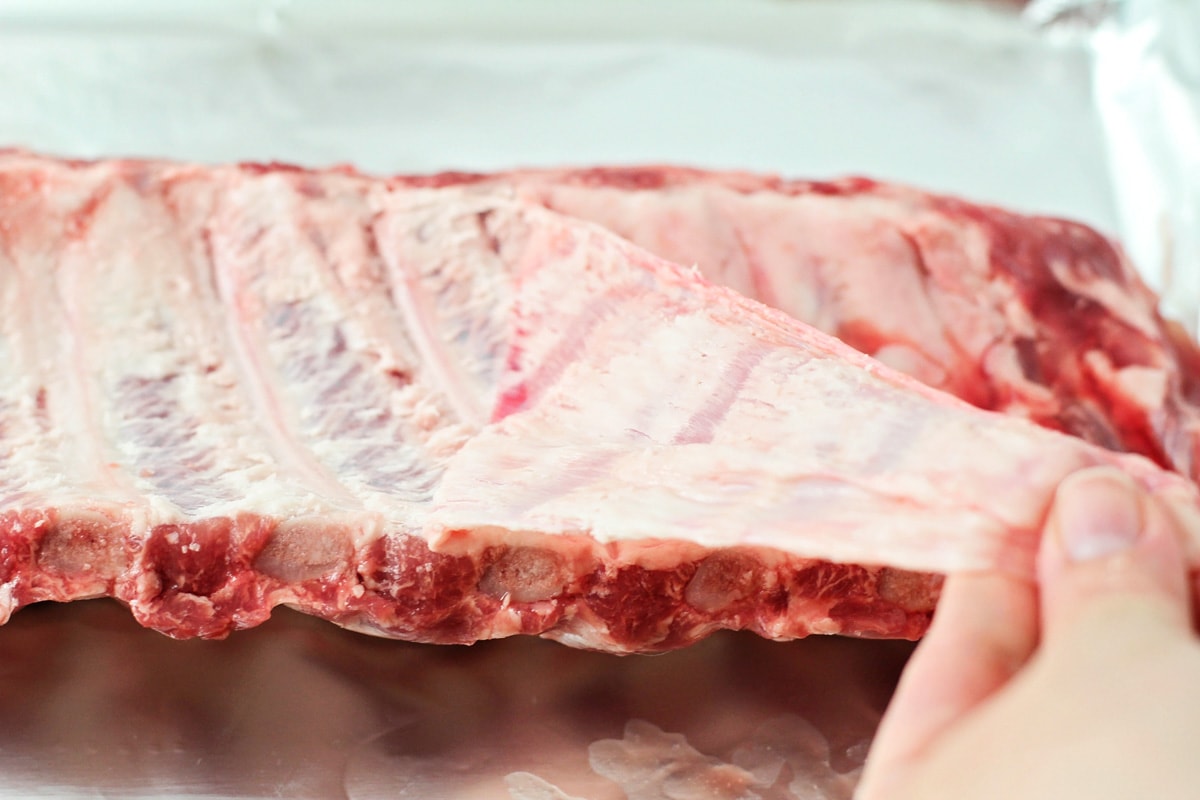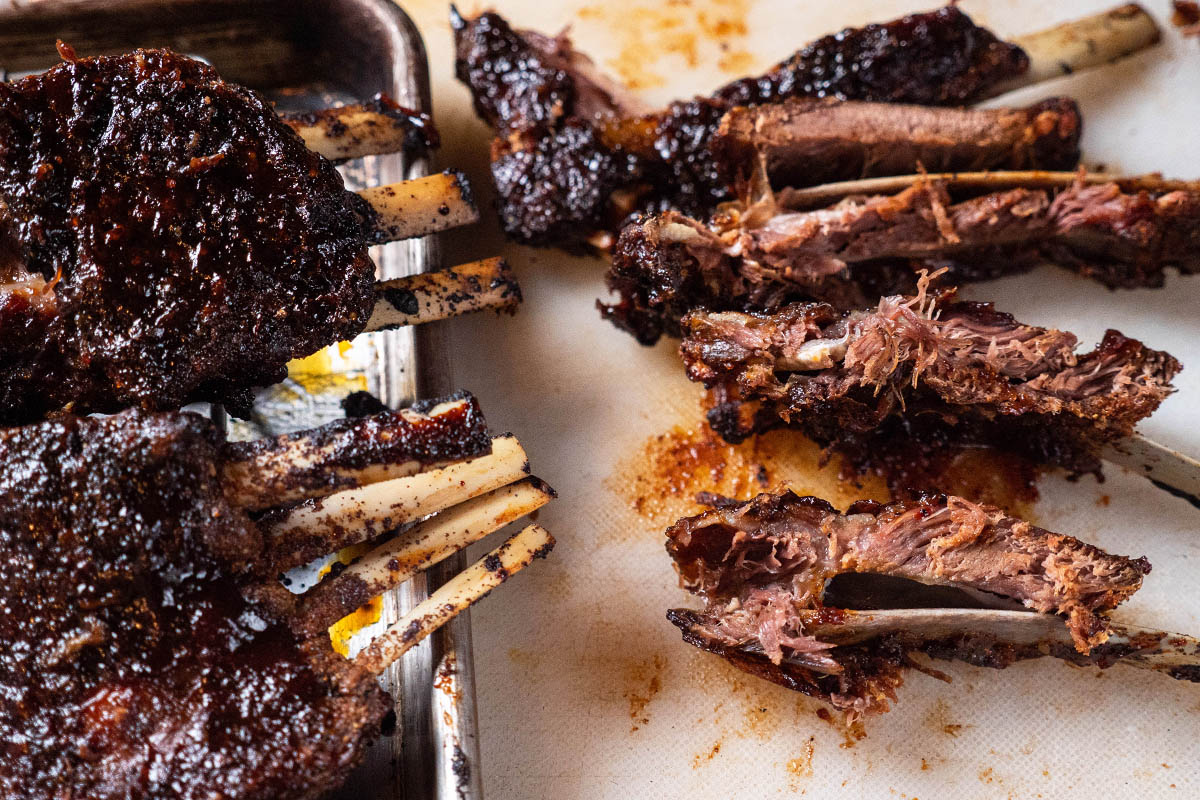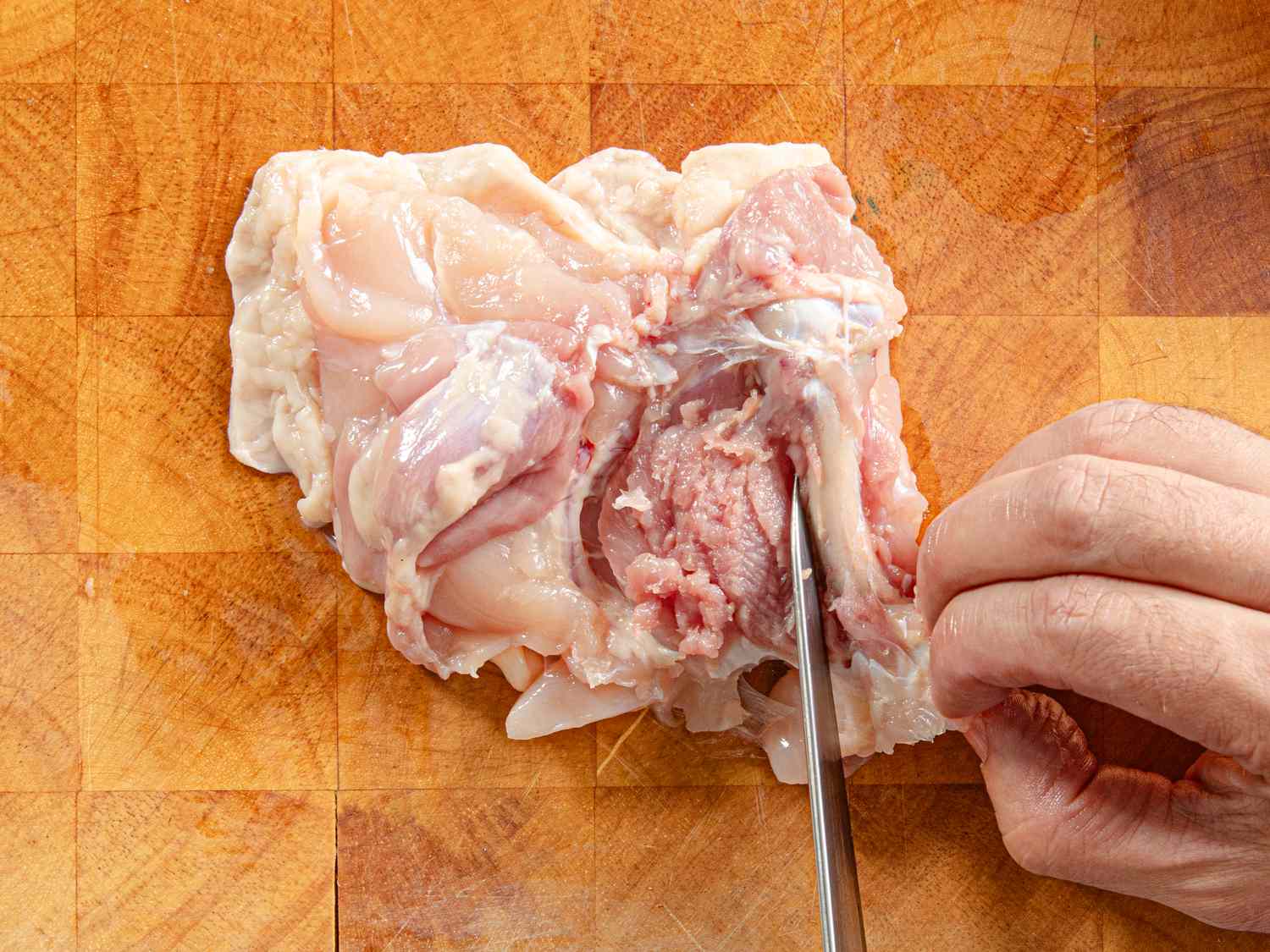Learn the Art of Deboning a Chicken Leg
Deboning a chicken leg may seem like a daunting task, but with a little practice and the right technique, it can be a rewarding skill to master. Whether you want to impress your dinner guests with a beautifully presented dish or simply prefer the convenience of boneless chicken, learning how to debone a chicken leg is a valuable culinary skill.
Tools You’ll Need
Before you begin, gather the following tools:
- Sharp boning knife
- Cutting board
- Paper towels
Step-by-Step Guide to Deboning a Chicken Leg
Follow these steps to successfully debone a chicken leg:
- Place the chicken leg on a cutting board and pat it dry with paper towels to ensure a good grip.
- Using a sharp boning knife, carefully make a small incision along the length of the chicken leg, cutting through the skin and flesh.
- Next, gently scrape the meat away from the bone with the tip of the knife, using small, controlled movements.
- Once the meat is loosened from the bone, use the knife to carefully cut around the bone, separating it from the surrounding meat.
- Continue to work the knife around the bone, being mindful to keep the blade close to the bone to avoid wasting any meat.
- Finally, give the bone a gentle twist and pull it out of the meat, leaving you with a beautifully deboned chicken leg.
Tips for Success
Here are some helpful tips to keep in mind as you practice deboning chicken legs:
- Use a sharp knife to make the process easier and safer.
- Take your time and work carefully to avoid cutting yourself or damaging the meat.
- Practice makes perfect, so don’t be discouraged if your first attempt isn’t flawless.
- Watch tutorial videos online to see the process in action and gain additional tips from experienced chefs.
Benefits of Deboning Chicken Legs
Deboning chicken legs offers several advantages, including:
- More versatility in cooking: Boneless chicken legs can be used in a variety of dishes, from stir-fries to salads.
- Enhanced presentation: Deboned chicken legs lend themselves well to elegant plating and presentation.
- Convenience: Preparing boneless chicken legs can save time and effort in meal preparation.
Practice Makes Perfect
Like any culinary skill, deboning chicken legs takes practice to master. With patience and persistence, you can become adept at this technique and open up a world of culinary possibilities in your own kitchen.
So, grab your boning knife and a few chicken legs, and start honing your deboning skills today!
Explore Delicious Recipes with Your Deboned Chicken Legs
Now that you've mastered deboning a chicken leg, a plethora of exciting recipes awaits your newfound skill. For a spicy kick, try the Jamaican Jerk Chicken Legs which pairs delightfully with the robust flavors of allspice and habanero peppers. If you're in the mood for something creamy and filling, the Stuffed Chicken Legs with Spinach and Ricotta offers a sumptuous blend of cheese and greens wrapped in tender chicken. For those who enjoy bold, global flavors, the Moroccan Chicken Tagine with Boneless Legs is highly recommended, bringing a taste of North Africa to your dinner table. Each recipe leverages the techniques of deboning, allowing you to enhance the dining experience with ease and flair.
Was this page helpful?
Read Next: How To Debone Rabbit In One Piece









